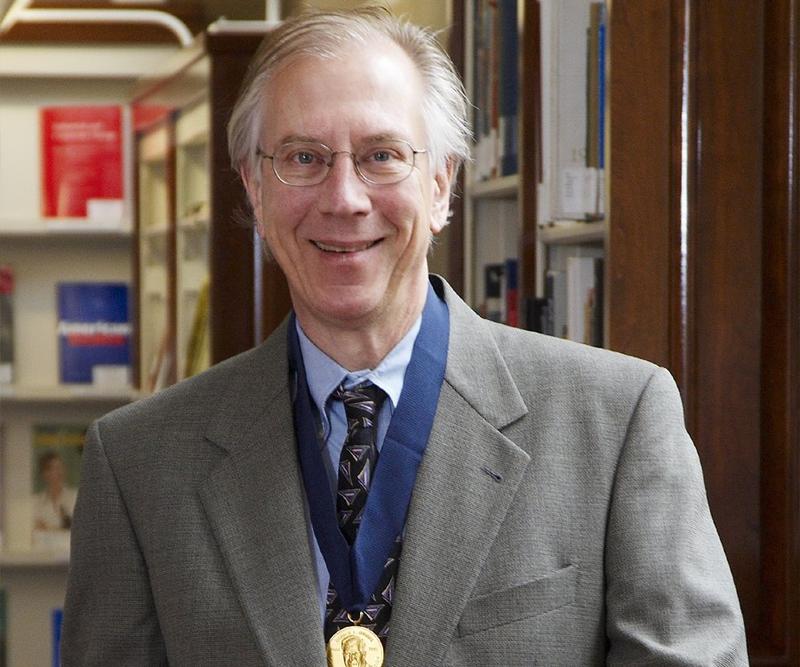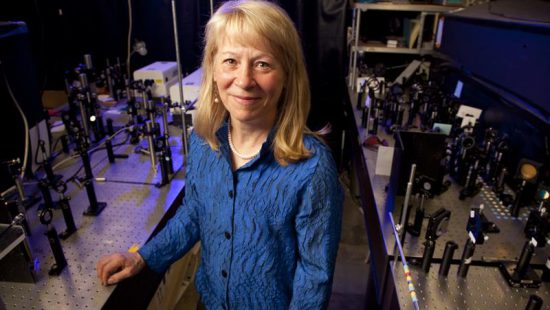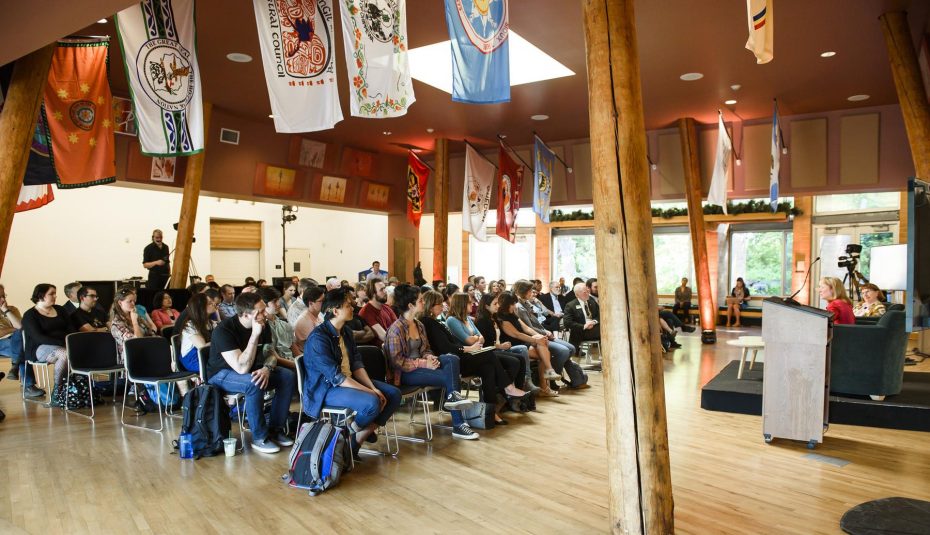Prior to Thomas R. Cech’s research, many scientists believed that proteins were the only catalysts in living cells. In 1982, Cech’s research group showed that an RNA molecule from Tetrahymena, a single-celled pond organism, cut and rejoined chemical bonds in the complete absence of proteins. The discovery of self-splicing RNA illustrated the first exception to the long-held belief that proteins always catalyze biological reactions.
Cech found that RNA could fold into complex shapes and catalyze biochemical reactions, a function previously thought to be restricted to protein enzymes. Thus, RNA was sometimes an active participant in the chemistry of life, not just a passive messenger. He termed the RNA enzymes ‘ribozymes,’ which have provided a new tool for gene technology and the potential to provide new therapeutic agents.
While studying telomeres, the structure that protects the ends of chromosomes, Cech discovered an enzyme, TERT (telomerase reverse transcriptase), which is part of the process of restoring telomeres after they are shortened during cell division. Research continues on telomerase, since it’s activated in 90% of human cancers and a drug that inhibits its ability may be useful in treating cancer.
By Jen Santisi






